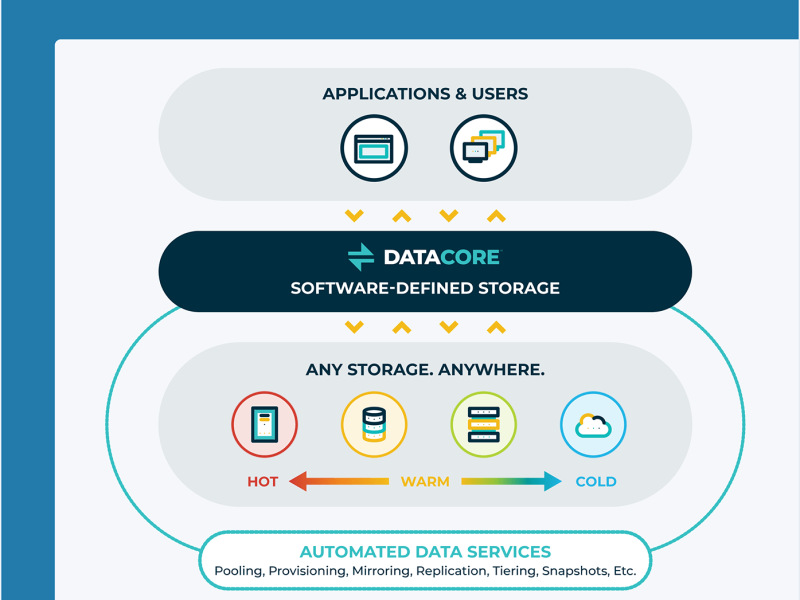Frequently asked questions
The amount of data in logistics companies is increasing enormously. While you can easily wait a second for some data, such as delivery receipts, you need database accesses in milliseconds. Modern storage systems define different storage classes based on hot, warm and cold data. Hot data is used constantly and is the basis for business-critical real-time decisions. They are kept in quickly accessible storage. Warm data, on the other hand, is not regularly in use, but is kept readily available just in case. Cold data is rarely accessed and can therefore be stored as cheaply as possible.
You only pay for the storage you actually use (pay per use). This makes it much easier to calculate your monthly expenses.
Unexpected errors can occur in any system despite intensive monitoring. We use failover to significantly increase the reliability of the servers and systems. This means that we run two systems in parallel. If the primary component fails, the secondary or even the replacement system can take over automatically. Especially in critical infrastructures, where systems must be constantly available, failover is standard.

